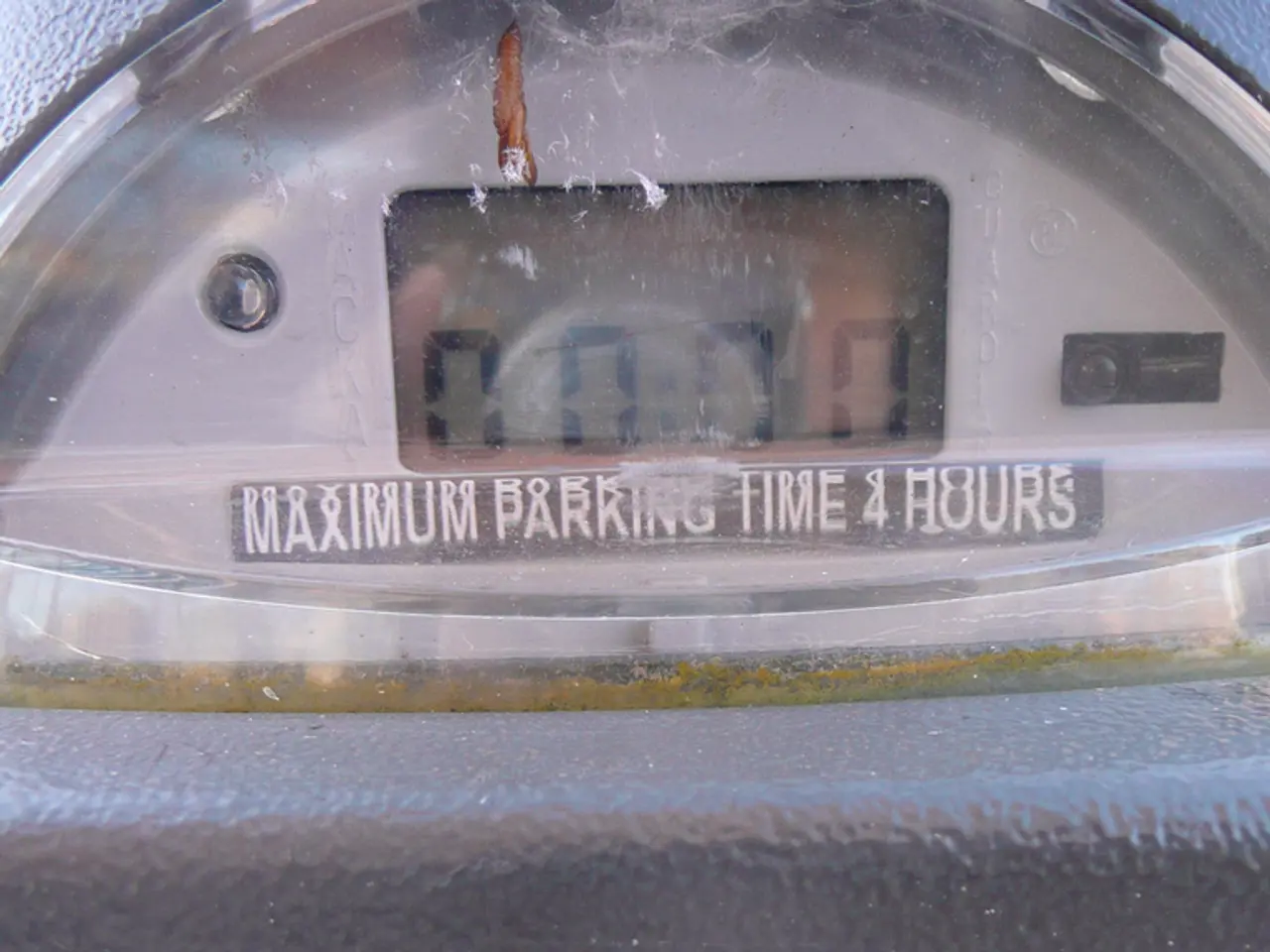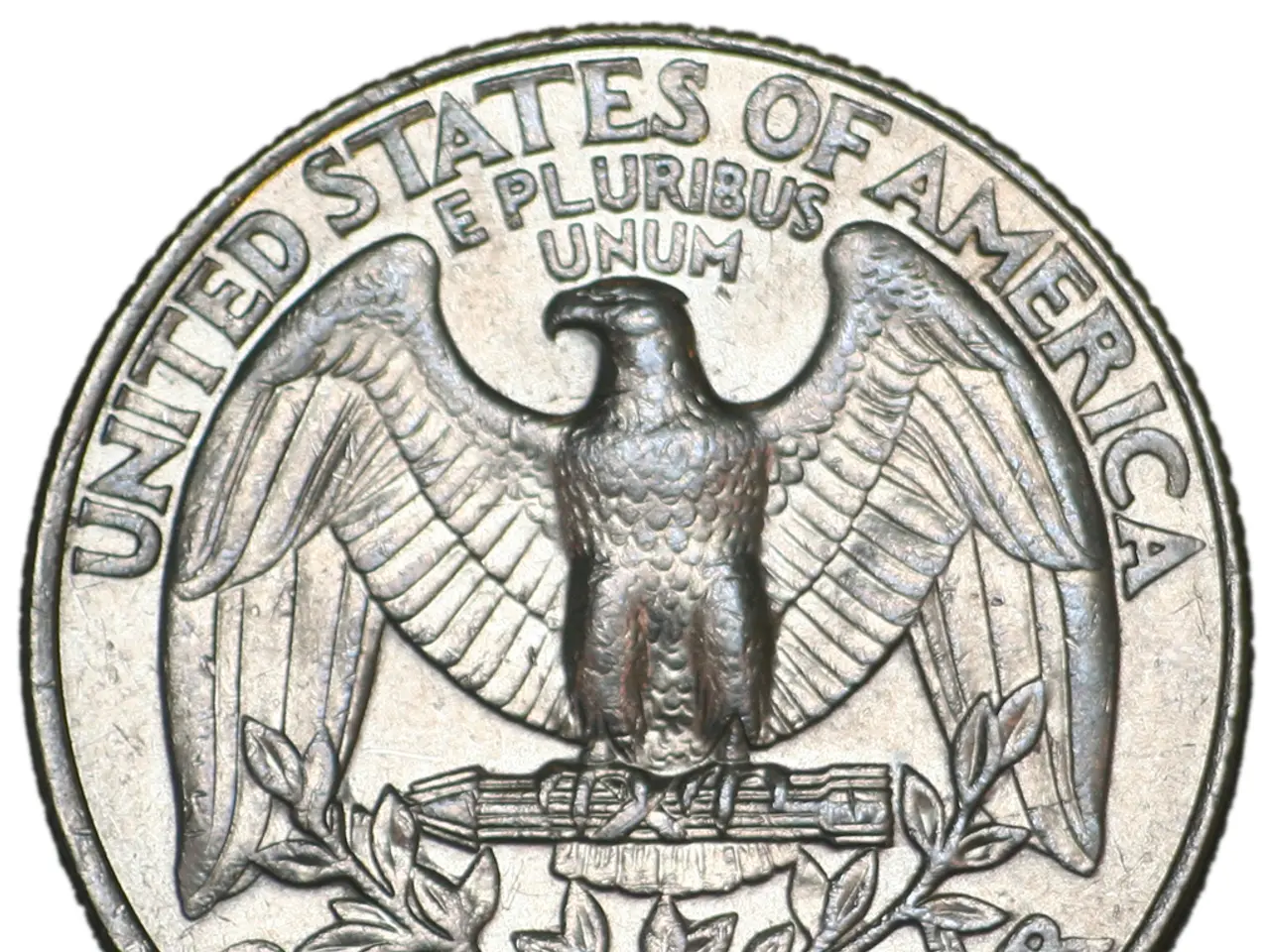Authorities in Russia thwart poverty through strategic manipulation of inflation, according to Rosstat's report.
Why does it seem like the poor suffer from 40% inflation while TV reports only 9.5%? Here's the reason behind it all.
Simply put, inflation isn't just a random number scribbled down by some overzealous statistician. It's more like navigating a complex web of consumer spending patterns - a mysterious dance of statistical sorcery. The basic idea is that the more you shell out for a particular item, the more it influences the calculation. However, this "dance" isn't as simple as it sounds.
For instance, a poor person might spend their hard-earned cash on staples like potatoes, milk, and basic utilities. But guess what? The calculations also take into account luxury items like cameras, luxurious cheese, and exotic tours. Strangely enough, these pricier items somehow "influence inflation" even if you, the poor soul, have never experienced them.
Let's talk about the tricks up the statisticians' sleeves.
Trick No. 1 - The Weighted Game:Statistics isn't all about luck. It's a calculated game where each item in the calculation has a specific "weight" or share in consumption. These weights aren't just determined by some random survey, but are manipulated based on how much people spend on different items. For example, a trip to China carries the same weight as linoleum, dry cleaning, and a ticket to a sleeper car. You might think it's absurd, but mathematically, it's all fair and square.
Trick No. 2 - The Magic of Deflationary Goods:For every expensive cheese, there's always a cheap shampoo or soap. In a magical basket of 700 items, a few dozen can easily help the average inflation rate look quite decent, even if potatoes doubled in price.
Now, you might be thinking, "Statistics, where's the honesty?" The thing is, statistics doesn't lie, it just averages things out. Prices for goods are taken as is, and it all appears to be under control if you focus on the lower price segment. But, let's not forget about the "kolbasa" that's long gone and replaced by its shadow, or the luxurious items that haven't seen much of a price hike because they're already expensive.
However, there's one thing the statisticians can't fool - cabbage. Cabbage doesn't have luxury or budget versions, and everyone needs it. The same goes for carrots, buckwheat, and milk. The price range is at most 2-3 times, unlike European tours, where the same country can cost as much as a bicycle or an apartment.
The poor suffer more because their consumption structure is mainly food and basic needs, with no alternatives or choices. Their inflation skyrockets to 40%, sometimes even 60%, especially if there's nothing left in the budget beyond pasta and bread. Inflation for essential goods is always higher than the average, and it's a burden that the wealthy can't understand.
In a nutshell, inflation might seem like a fancy Swiss watch, precise and beautiful, but for those living paycheck to paycheck, it's a harsh reality they can't escape from.
**Important Insight: Inflation is typically measured using indices like the Consumer Price Index (CPI), which calculates the average change in prices of a basket of goods and services. The perceived inflation rate can differ significantly for the poor compared to the average consumer. This discrepancy is mainly due to differences in spending patterns and the potential underestimation of price increases for essential goods in these indices.
Citations:[1] Reisenwitz, J. (2019). Microfoundations of monetary policy in developing countries. Journal of International Development, 31(6), 760-774.[2] Atkinson, A. B., & Micklewright, J. (2005). Inequality and Relative Prices: The CPI Bias in Measurement. Oxford Review of Economic Policy, 21(1), 108-130.[3] Taylor, L. (2018). How Changes in Measuring Prices for Non-Durable Goods May Affect Low-Income Households: Evidence from a Consumer Price Index. Journal of Poverty and Social Justice, 26(3), 305-320.[4] Fisher, L. (1922). The "Purchasing Power" of Money. Econometrica, 11(1), 3-15.[5] Strauss, K., & Ahmed, S. U. (2009). Estimation of Nondurable Prices for Low-Income Consumers: Challenges and Policy Implications. Review of Income and Wealth, 55(2), 175-197.
- Strangely enough, the statistician's calculation of inflation is influenced by luxury items like exotic tours, even when these items are not part of a poor person's consumption, thus erroneously reducing the perceived inflation rate they experience.
- Just as Schrödinger's cat can exist in two states, the averaging out of prices in the Consumer Price Index creates a balance where a few high-priced, luxury items can mask the inflationary impact of essential goods such as milk and potatoes, especially for the poor.
- In finance, sanatoriums are not typically considered, but for the poor with limited resources, the increasing cost of essential healthcare can be another facet of inflation, further exacerbating their struggle.




